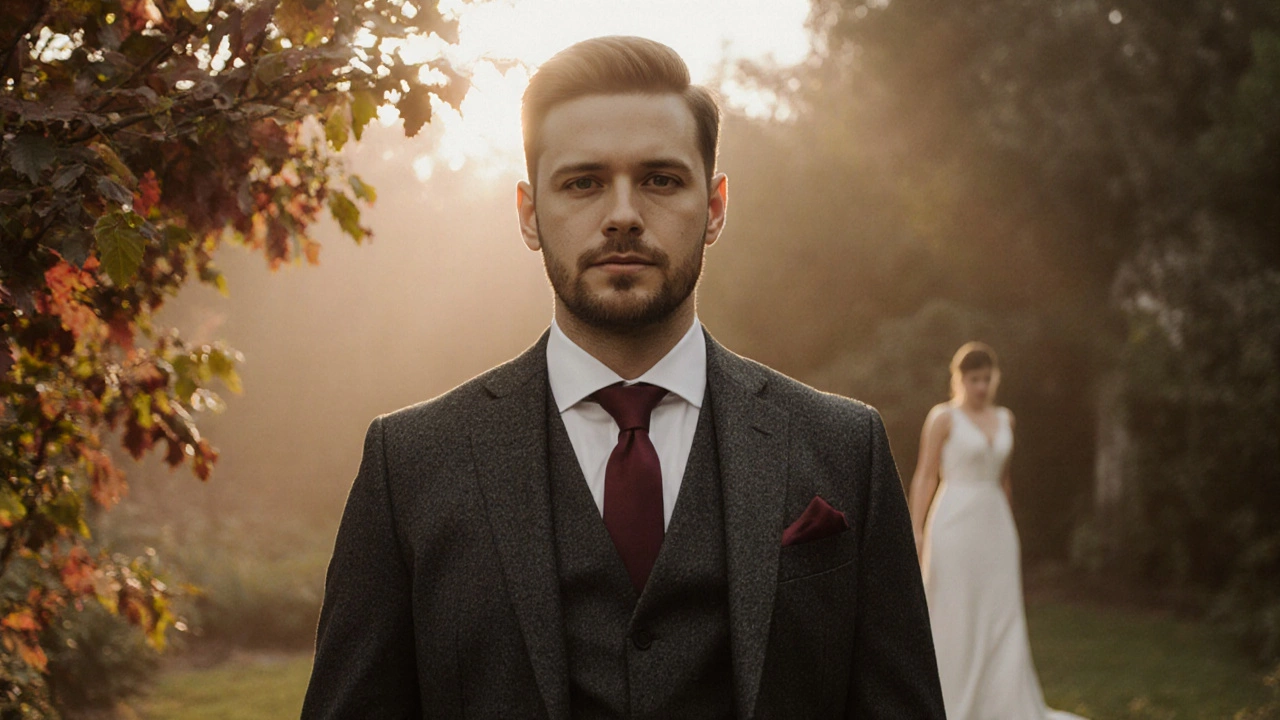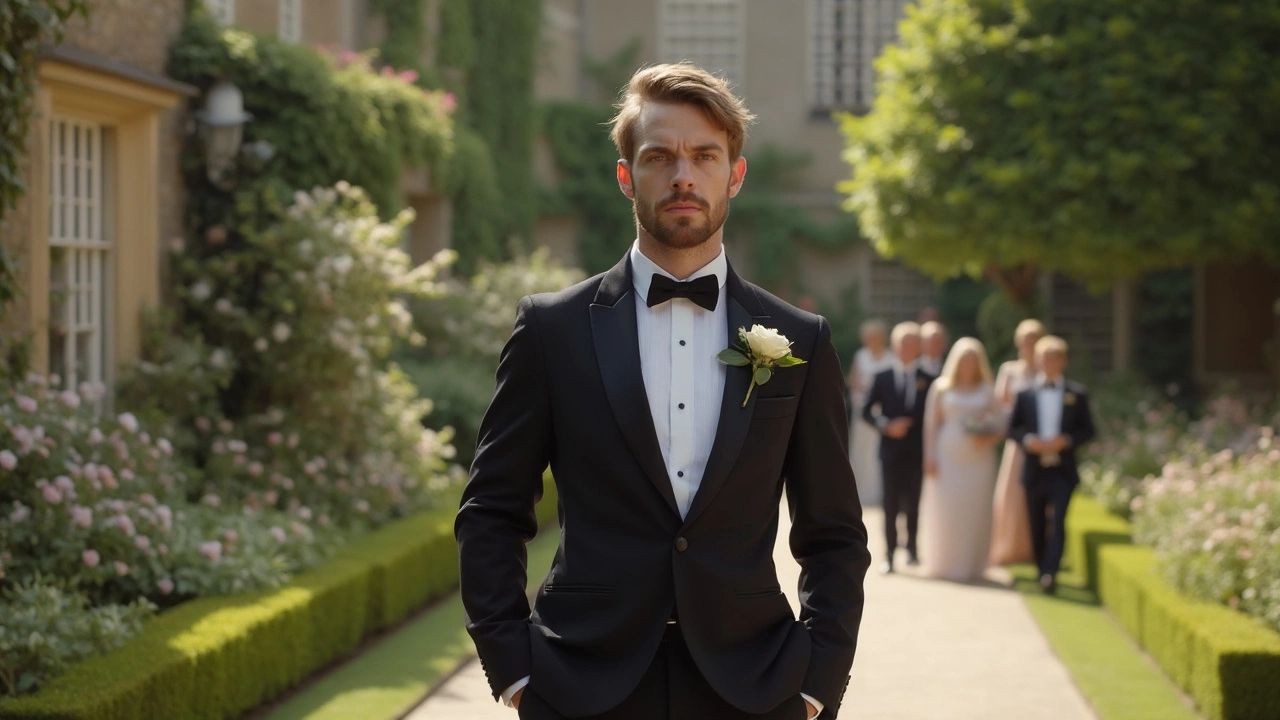Groom Attire: How to Look Sharp on Your Big Day
Planning a wedding means dozens of details, but the most visible one is what you wear. Your suit, shirt, tie or bowtie, shoes and tiny accessories all send a message about your style and confidence. The good news is you don’t need a fashion degree to get it right – just a few clear steps.
Choosing the Right Suit and Fit
Start with the suit itself. Classic colors – navy, charcoal or black – work for almost any venue, while lighter shades fit beach or summer weddings. Think about the cut: a slim‑fit jacket gives a modern vibe, while a regular fit feels more relaxed. Always try the suit on with the shirt and shoes you plan to wear; the jacket should hug your shoulders without pulling, and the sleeves should show about a half‑inch of cuff.
Tailoring is non‑negotiable. Even an off‑the‑rack suit can look custom‑made after a quick adjustment. Schedule a fitting at least four weeks before the wedding so any alterations have time to settle. A well‑fitted suit not only looks better, it feels more comfortable during long ceremony and reception hours.
Tie, Bowtie, or No‑Tie? Making the Call
If you’re stuck on whether to wear a tie or a bowtie, consider the wedding vibe and your personal taste. Bowties add a playful, retro touch and pair nicely with tuxedos or double‑breasted jackets. Ties are safer for classic or corporate‑style weddings. The key is matching the width of the tie to the lapel – a 3‑inch tie works for most modern jackets.
For a relaxed look, you can skip the neckwear altogether and wear an open‑collar shirt with a pocket square. This works well for outdoor or destination weddings where comfort matters more than strict formality. Whatever you choose, keep the pattern simple – a solid color or a subtle stripe ensures the focus stays on you, not a loud print.
Don’t forget the details. A crisp pocket square that echoes your tie or bowtie adds polish without effort. Cufflinks are another easy upgrade; simple silver or enamel pieces look sharp and won’t steal the spotlight.
Shoes should be clean, polished and appropriate for the suit’s formality. Black leather Oxfords or brogues pair with darker suits, while brown leather works for navy or lighter shades. If you’re going barefoot on a beach, make sure your socks (or lack thereof) are clean and match the overall look.
Accessories matter, but less is more. A classic watch, subtle lapel pin, or a tie clip can elevate the outfit without overwhelming it. Avoid stacking too many pieces – think of each addition as a finishing touch, not a new statement.
Budget-friendly options exist. Many high‑street retailers offer well‑made suits with tailoring services for under £500. If you prefer a designer piece, consider renting – you get the look for a fraction of the cost and avoid storage worries after the wedding.
Coordinate with the groom’s party early. Agree on suit colors, tie styles and shoe types so the wedding party looks cohesive. A quick group photo during the first fitting can catch any mismatched details before they become an issue.
Finally, practice wearing the full outfit before the big day. Walk, sit, and dance in it to ensure nothing feels restrictive. Small adjustments now save big discomfort later.
With the right suit, a thoughtful decision on tie or bowtie, and attention to fit and accessories, you’ll walk down the aisle feeling confident and looking polished. Your groom attire will complement the bride’s dress, set the tone for the celebration, and give you a timeless look you’ll remember for years.

- Dec, 8 2025
- Comments 0
Who Chooses the Groom’s Suit? The Real Rules Behind the Look

- Nov, 23 2025
- Comments 0
Best Suit Color for the Groom: Real Choices for Every Wedding Style

- May, 7 2025
- Comments 0